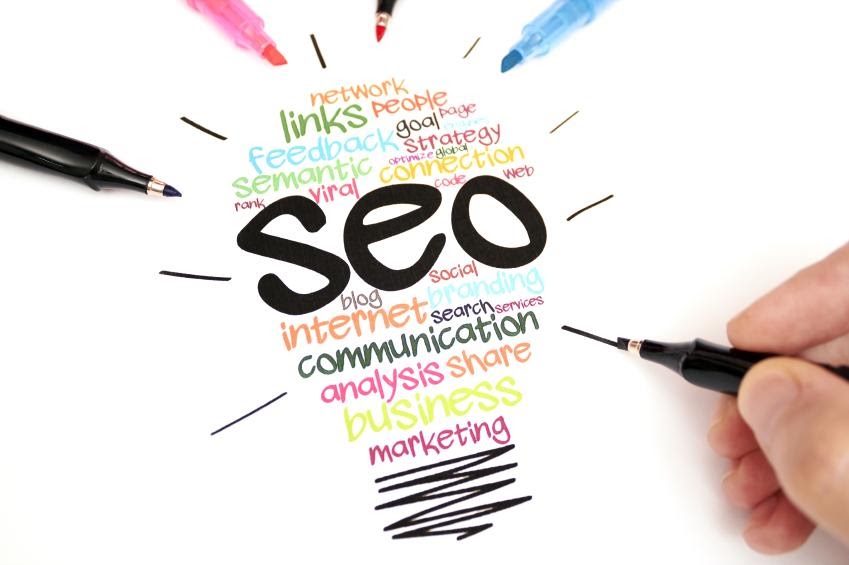Let’s imagine that You have spent a lot of time designing your website. You’ve selected an impressive theme, added dramatic images, and drafted a compelling copy. Now, you are sure that visitors are going to love it. But there is one problem: there are no visitors.
Your website is nowhere near Page 1 of Google SERPs. Your web design can very well explain why a site ranks so low in the search results.
In this article, we are going to enlist some of the most common mistakes in web design that could be hurting your SEO efforts and thereby the rankings. Also, find ways to avoid these with the help of website designing.
Poor Website Navigation
Have you ever reached a website and got completely confused about how to navigate? Your visitors shouldn’t experience that. Rather, the website design should be such that they can easily understand the exact way to go at a glance. Also, you need Google’s crawlers to know your site.
For this, ensure that you prioritize internal linking within the important pages.
Slow Loading Speed
People who use the Internet would want to work at a super-fast speed. They often hurry through social media, knocking away at emails, while rushing across a bunch of general headlines on SERPs. This implies that if someone decides to click on a website and it takes a long time to load, they will leave before you know. There are many other sites with information identical to yours. So, ensure that your pages load in less than three seconds.
A Site That’s Not Mobile-Friendly
Nowadays, almost everyone has a mobile phone. For example, there are 275 million smartphones owned in the U.S., while there are 331 million who live there. Does this crowd use their phones for the consumption of digital media? Definitely yes!
70% of the digital media used in America is done using a smartphone. Globally, 52% of traffic can be traced to a mobile device. Obviously, Google took note of this and appeared with the mobile-first indexing algorithm. This implies that it gives more priority to a website’s mobile version for indexing as well as ranking. In case your website has not been optimized for mobile, expect it to be virtually invisible in the search results.
As a bonus, visitors are five times more likely to quit a non-mobile-friendly website. However, there is no need to worry because it just requires a few changes to create a mobile-friendly site.
Large Images or Media Files
We would all like our websites to look beautiful. However, you must know that larger images or media files might slow a site down. To ensure that this does not happen, get your website through Google’s PageSpeed Insights Test. If the images are too large, it is a good idea to either resize those or compress and then re-upload these back to the site.
Non-Existent H1 Tags
An H1 tag is the main thing that search engine crawlers check to assist them in determining what a website is about. Your site is, therefore, more than inclined to fall in its rankings in the SERPs if it doesn’t possess them.
Any best SEO company will tell you that H1 tags are not only agreeing with Google but also pleasing visitors at the same time because they know just what a site is about with one look.
Follow these three tips to use H1 tags to please Google as well as visitors:
- Contain your primary keyword within the H1.
- Place the H1 tag above the fold, which is the observable space people see prior to scrolling down.
- Use the 5-second experiment. Visitors should be able to tell what a site talks about in 5 seconds for the H1 tag to work great.
Annoying Popups
If used well, popups have the potential to convert almost 1,375% more subscribers. The difficulty emerges when they disrupt or annoy visitors. Going by Google, sites that have irritating popups are going to have problems ranking well on SERPs.
The only solution, therefore, is to create popups that the audience will love. Focus on creating well-converting popups that are not likely to annoy them. You can allow a popup to come up once a visitor has been around for at least 30 seconds on the site.
Thin Content
In this online world, your website stands as your storefront. This implies that you should adorn it so that visitors can get attracted to it while knowing what your store offers. Moreover, you also need to optimize it for the keywords so that people are able to find you. Avoiding thin content is important for this.
The following are three indications of thin content:
- Lacking Service/Product Pages
- Recording Multiple Products and Services in One Page
- Thin Content in the Product Page
Summary
You would have already spent a lot of time designing the website. Obviously, visitors are going to find it pretty, attractive, and polished. If you don’t get the expected results from your SEO efforts, scan the website for such critical web design errors. Web design services can mend these issues to help you rank well.
More Stuff For Your Inspiration:
- No Related Posts
Related posts
Follow us
Categories
- Around The World (369)
- Business (57)
- Education (9)
- Home Improvement (23)
- Humor (191)
- Inspiration (512)
- Lifestyle (21)
- Motivation (2)
- News (31)
- Photo of the Day (257)
- Photography (105)
- Technology (58)
- Travel (8)


